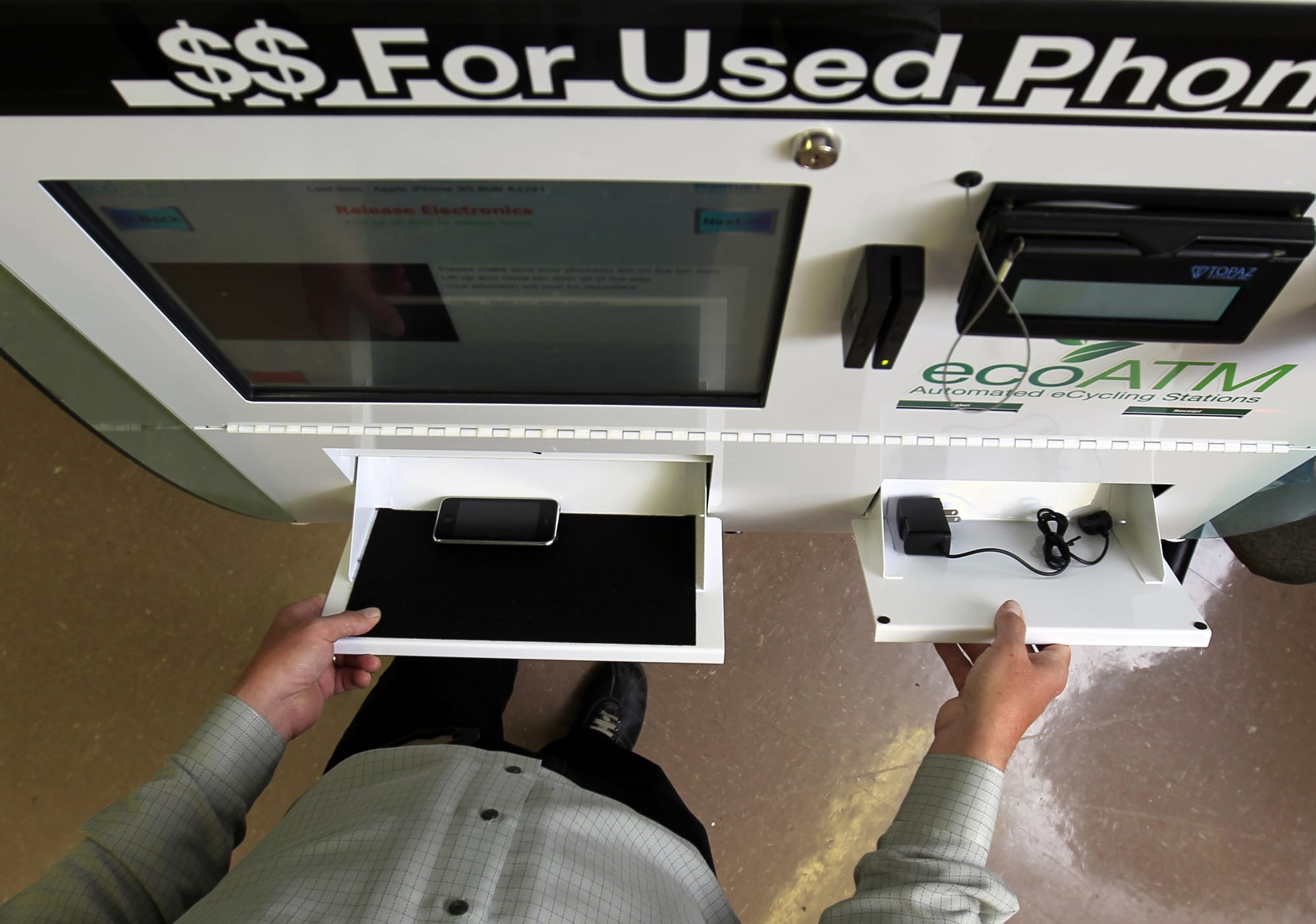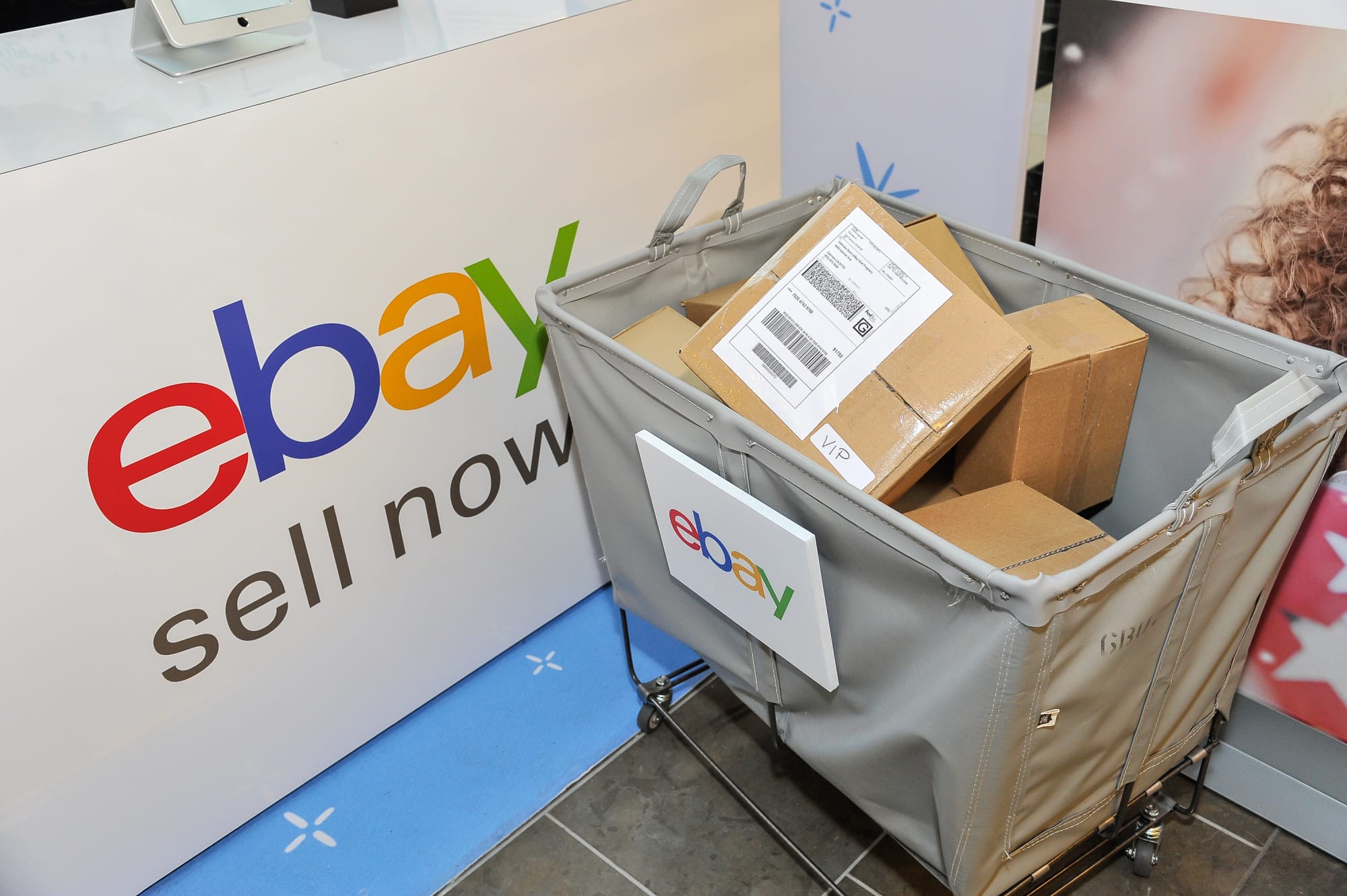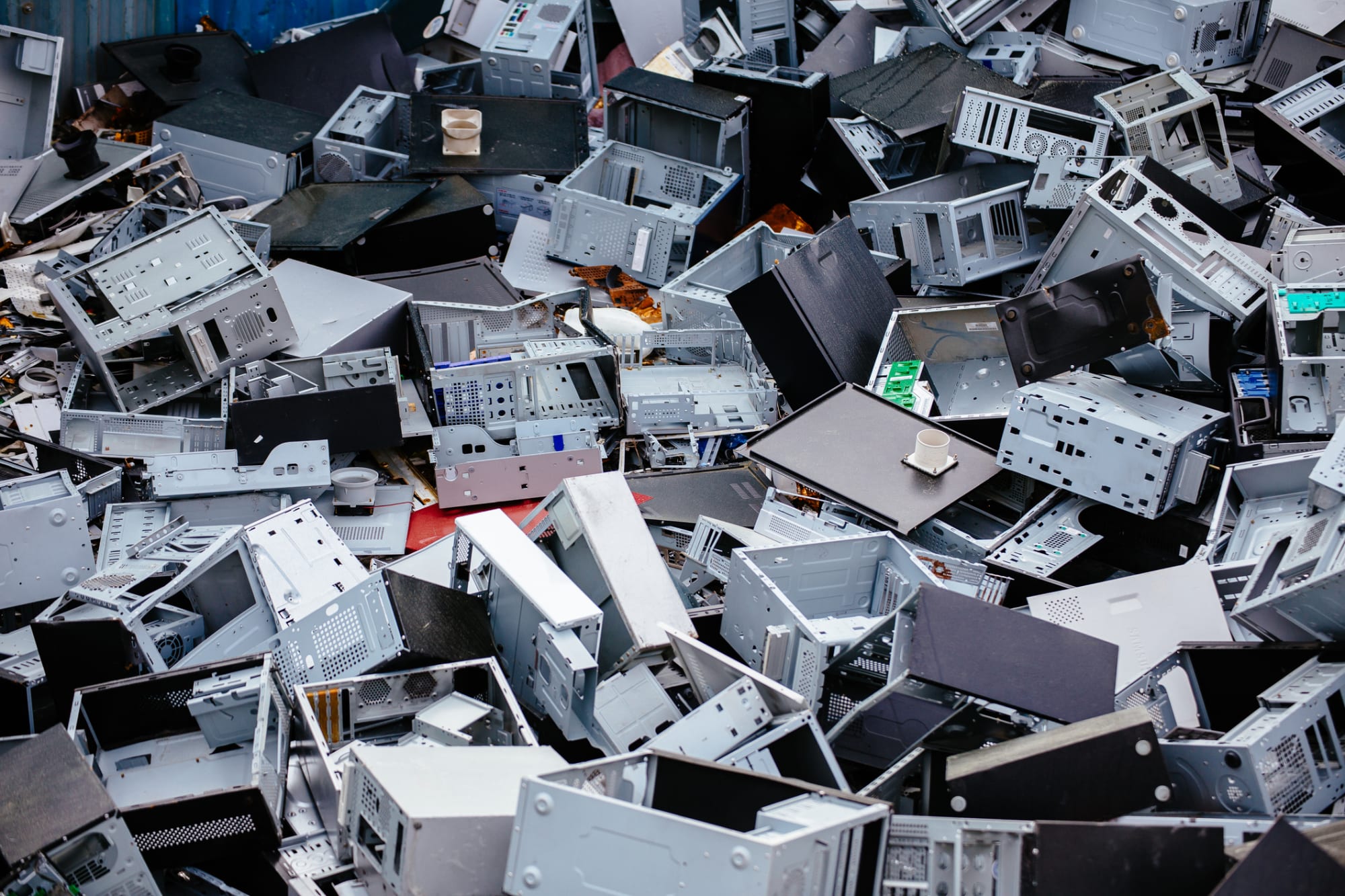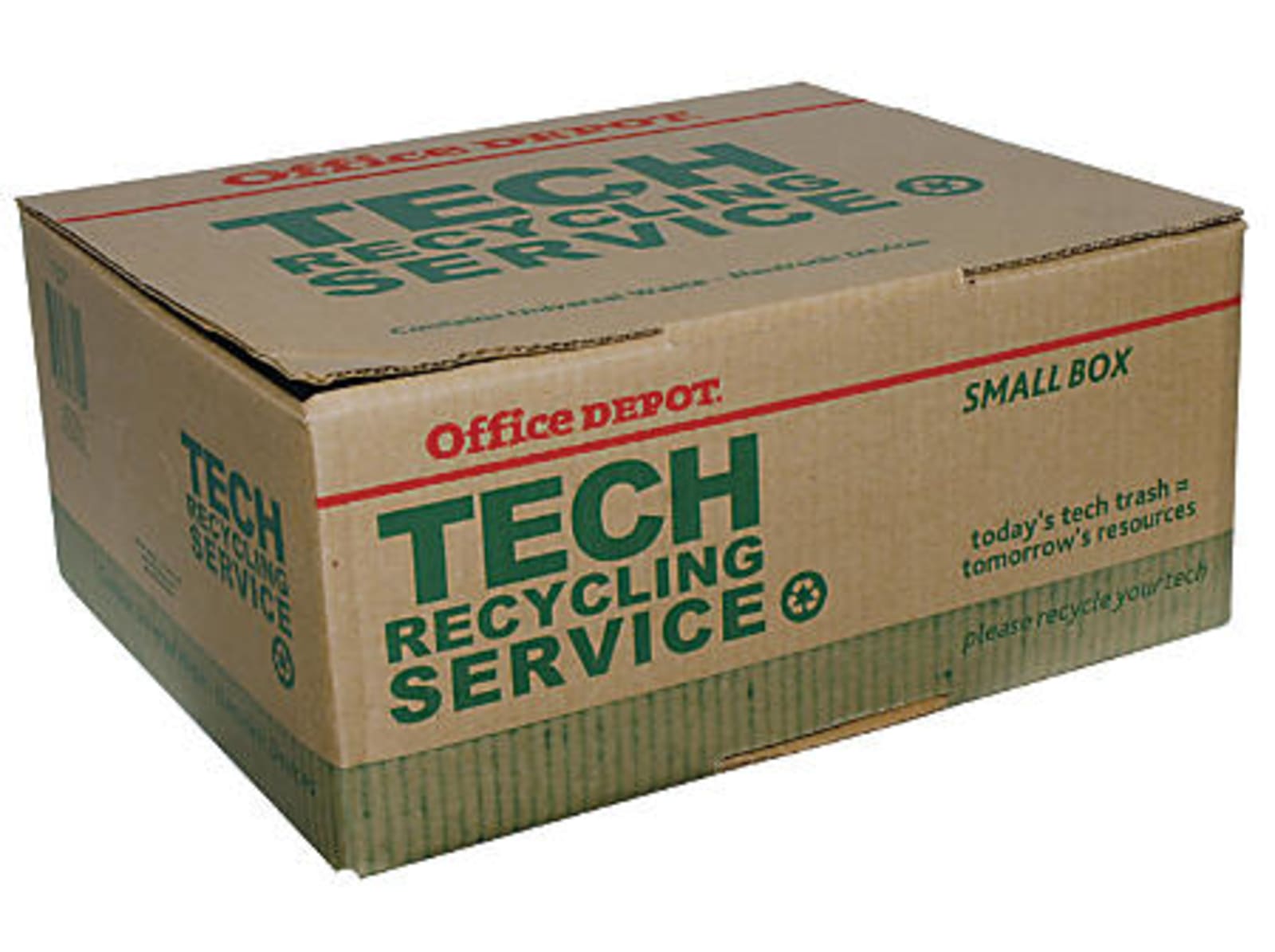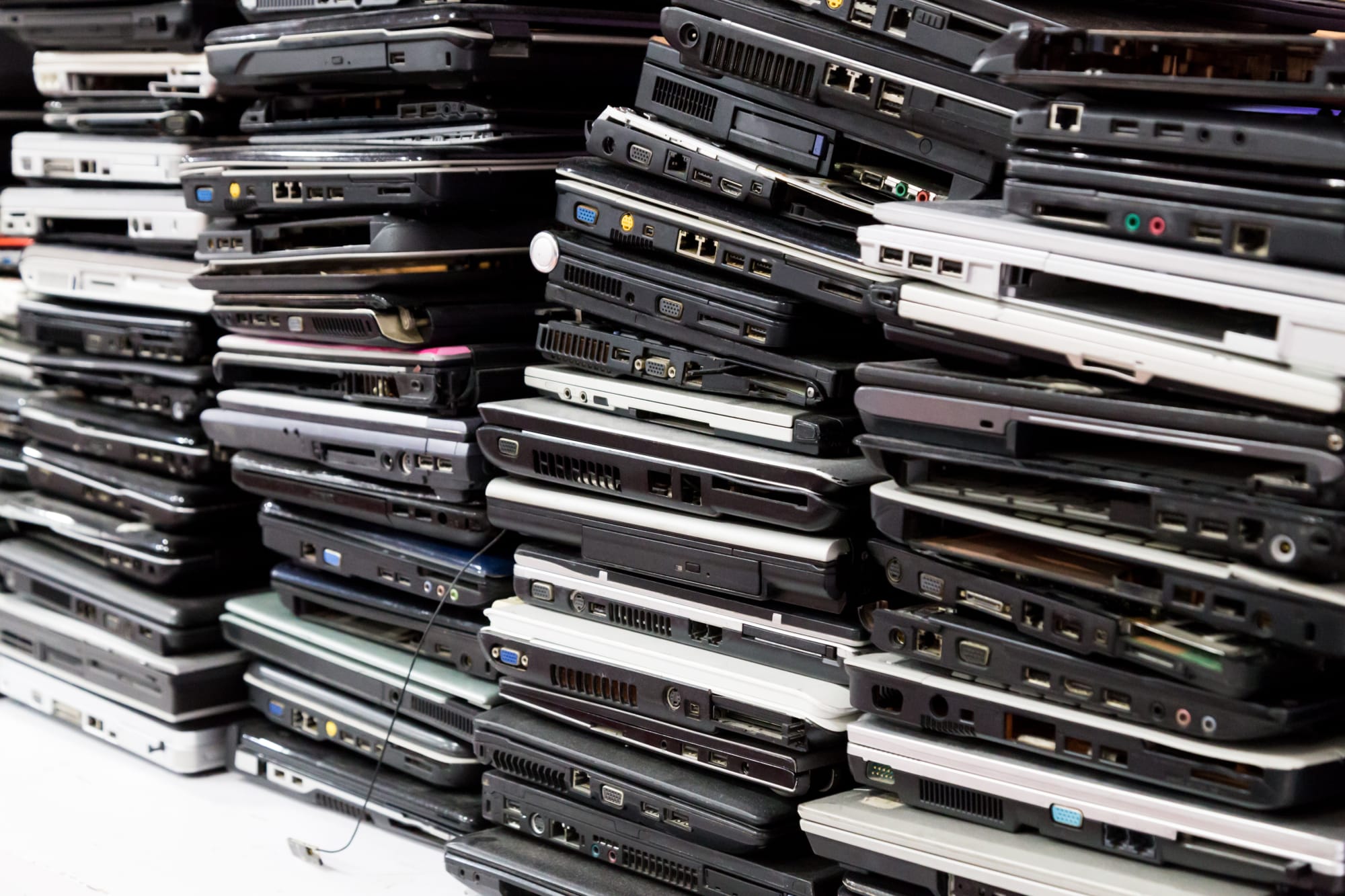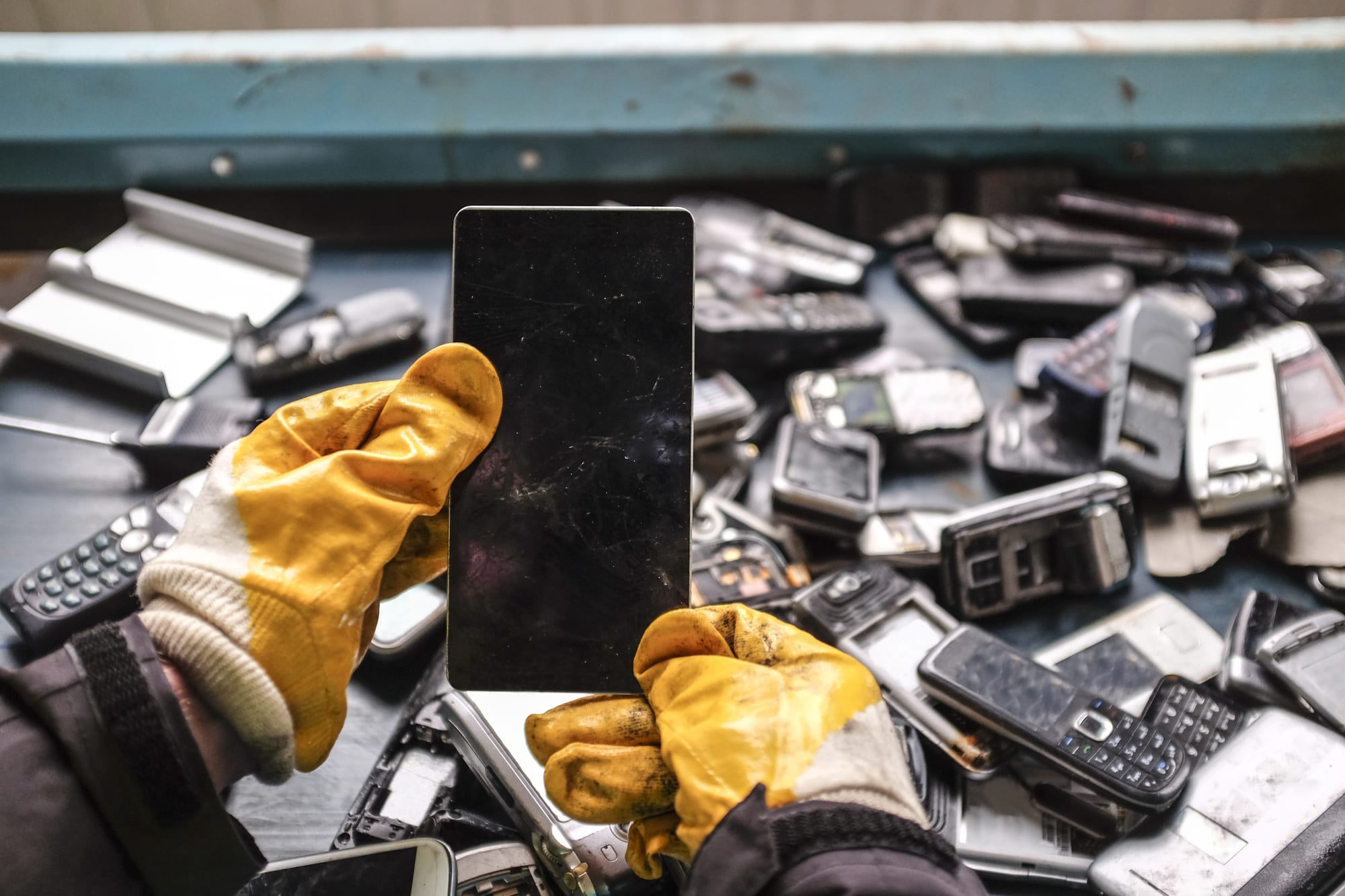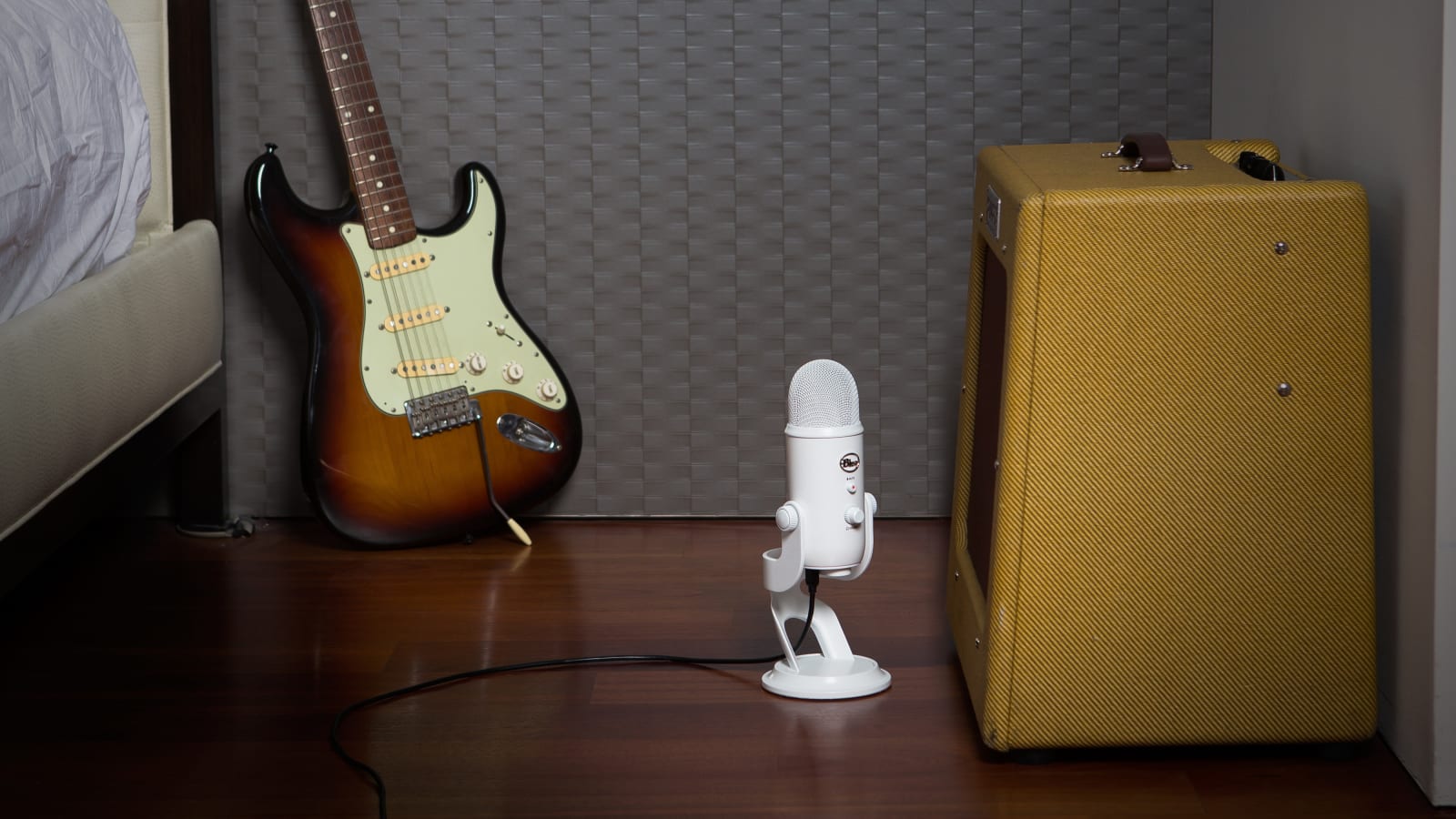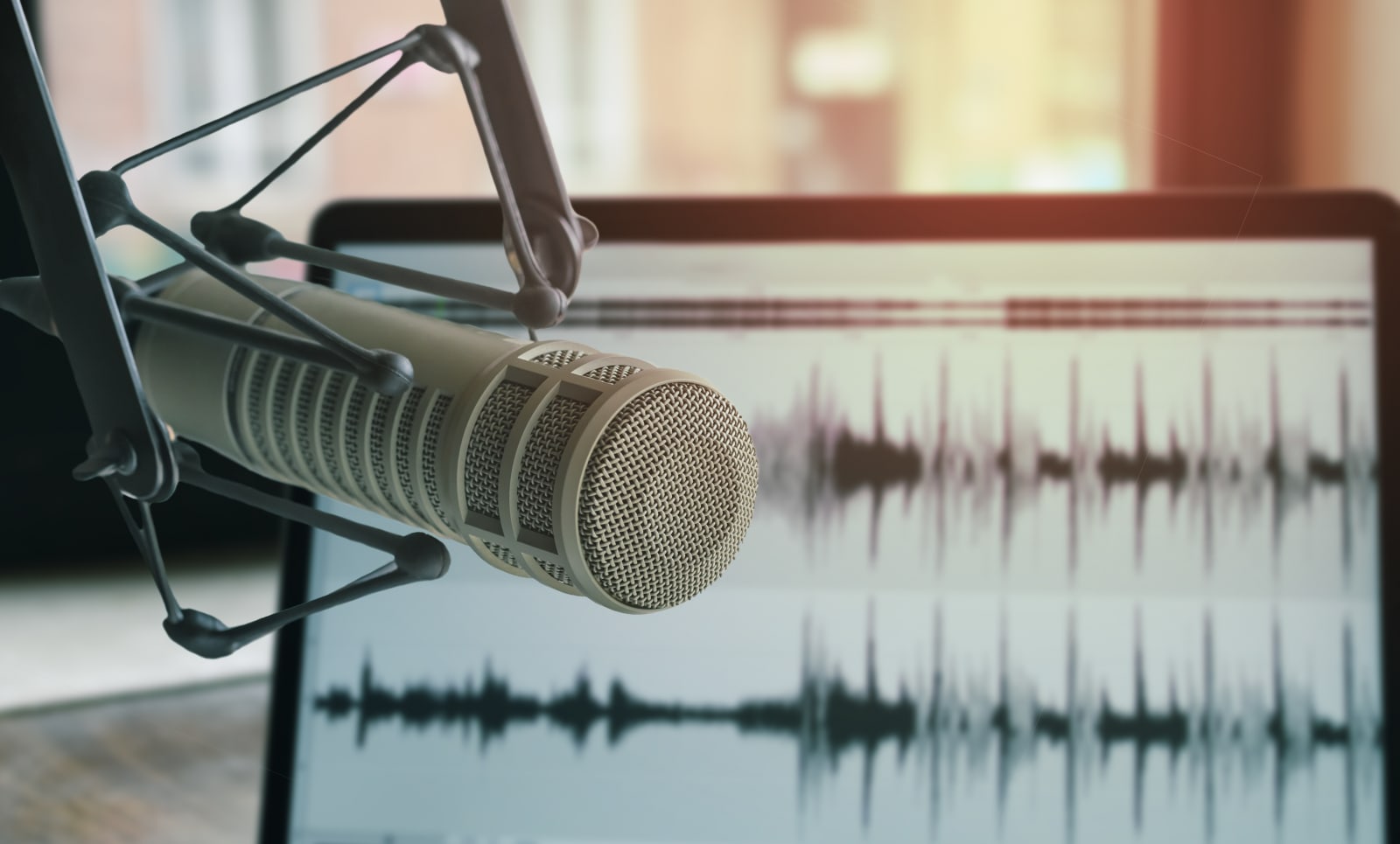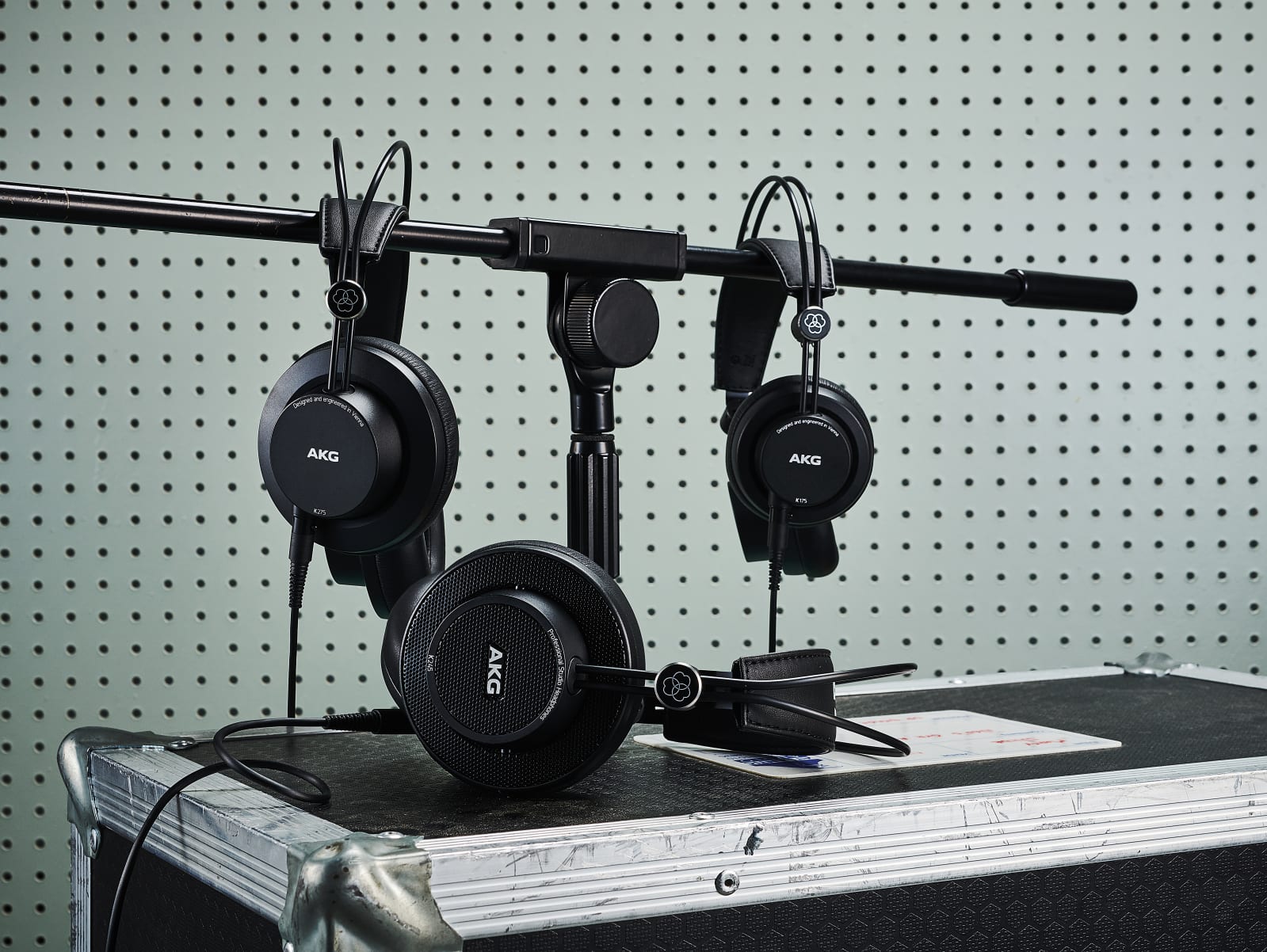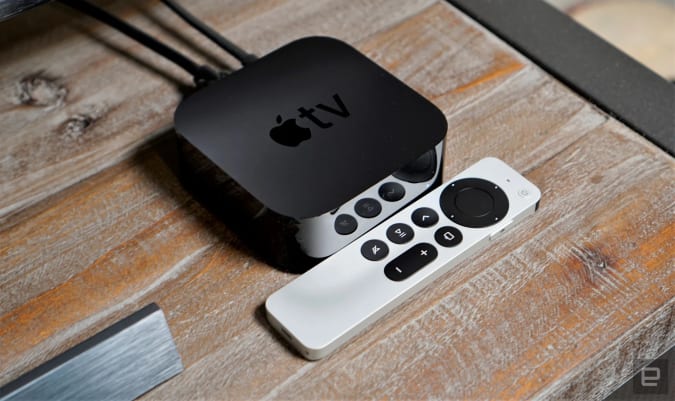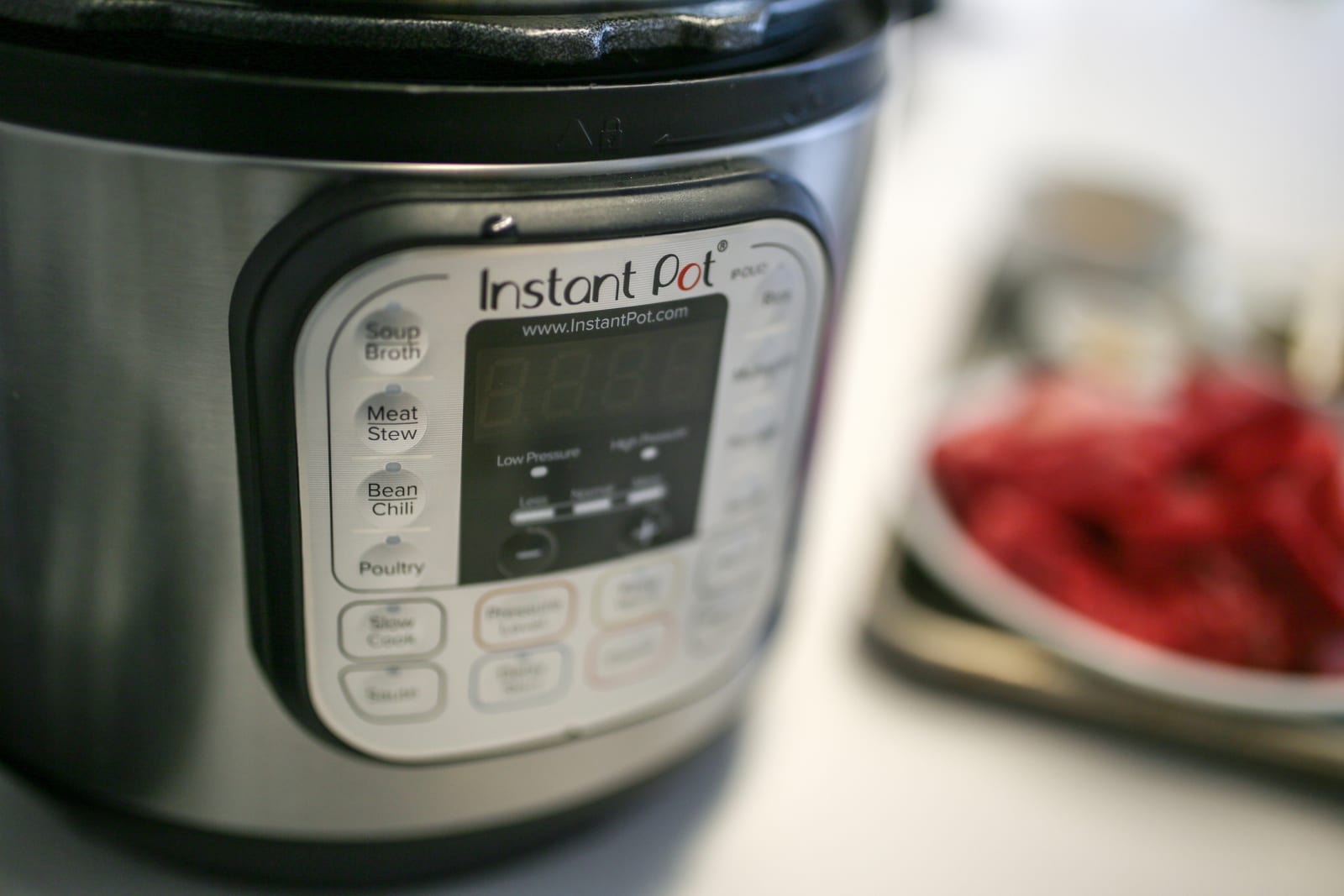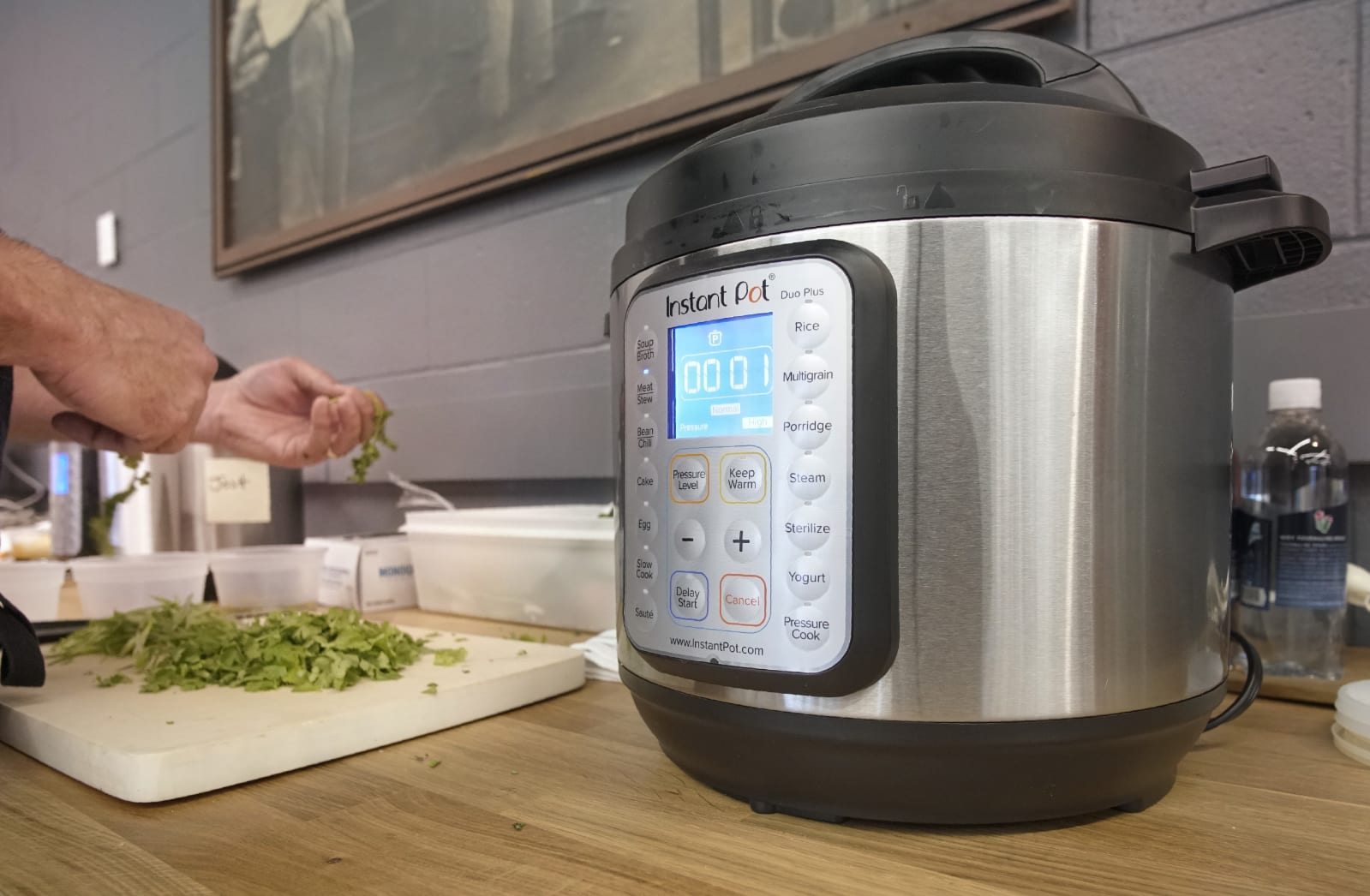The best online resources for cooking at all skill levels
A key part of adulting is learning to feed ourselves. Some might opt for restaurants or takeout for sustenance, but that can get expensive. The best option is to learn to cook your own meals. That might sound harsh, especially if cooking doesn't sound fun to you, but there are a plethora of resources online for cooks of all levels. Be it beginner how-tos or deep-dive YouTube videos, we hope this list of Engadget staff favorites will get you started on your path to culinary confidence. Oh, and if you’re ever confused about measurements, a tool like this recipe converter is a good reference to keep on your bookmarks tab.
Recipe sites
Serious Eats
If you self-identify as a nerd and you’re also into cooking, you probably already know about Serious Eats. The site rose to prominence several years ago under the helm of J. Kenji Lopez-Alt, who often takes a decidedly scientific approach to cooking. Lopez-Alt has since transitioned to a consulting role at Serious Eats (he has his own vlog, which is well worth following as well), but the site remains strong under new leadership. It offers tips on basics like food prep and storage, as well as a slew of how-tos and step-by-step instructions for everything from breaking down a chicken to kneading your own bread.
Try this: Quick and Easy Pressure Cooker Black Beans with Chorizo
NYT Cooking
This is the only recommendation on this list that requires payment — $1.25 a week or $40 a year — but I personally think it’s worth it. The site and accompanying app (for iOS and Android) is well organized and intuitive to use, with bright and colorful photos along with an ever-changing list of curated recipe recommendations and suggestions. I especially like the search function, where you can not only enter in the ingredients you have on hand, but also filter by the sort of meal you want to make iIs it for breakfast? A snack? Or dinner?) along with any dietary restrictions. If you don’t want to cough up the subscription fee, however, NYT’s YouTube channel is a great resource as well.
Try this: Spiced chickpea stew with coconut and turmeric (YouTube)
The Kitchn
The Kitchn is a daily food magazine that’s been around since the mid-2000s, and it frequently serves up not just recipes but also fun features like a celebrity recipe showdown (check out this one that compares the pot roast recipes between Alton Brown, Ina Garten, Taste of Home and the Pioneer Woman). Of course, The Kitchn also publishes plenty of tips and tricks to help readers be a better cook.
Try this: Maple Corn Cakes
YouTube channels
Food Wishes
“Hello, I’m Chef John, from Food Wishes dot com” is the familiar refrain that you’ll hear at the beginning of every Food Wishes video, and it never fails to warm my heart. His tone is so welcoming and cheerful that it cheers me up every time I hear it. A YouTube favorite (he has over four million subscribers), he’s also a favorite among a few Engadget staffers, and for good reason. Not only is he goofy and charming, his recipes are also almost always geared toward the novice chef, with clear and concise instructions. He also encourages viewers to experiment, use their senses, play around with food, and to think of cooking as art as much as science.
Try this: No-Knead Country Bread
Binging with Babish
Binging with Babish is a popular YouTube channel (over 9.6 million subscribers) that’s primarily focused on recreating foods from TV shows and movies. Some famous examples include the Krabby Patty from Spongebob Squarepants and ratatouille from, well, Ratatouille. But host Andrew Rea can cook “normal” foods too, and the popularity of his channel led him to host a spin-off series called “Basics with Babish” that’s geared toward the beginner.
Try this: Chickpeas
Food52
The Food52 website can be considered a one-stop shop for cooking enthusiasts, as there’s an online store along with recipes and a community board. But the real highlight for me is its YouTube channel, which features excellent shows such as Sweet Heat by Rick Martinez (the former Bon Appetit editor showcases recipes with both a sweet and spicy element), Big Little Recipes (focuses on recipes with a short ingredient list) and Genius Recipes, which, well, shows “genius” recipes created by notable chefs.
Try this: How to Make the Easiest Beefy Mac Rice Cakes
Dessert Person
Have a sweet tooth? Then look no further than Claire Saffitz’s YouTube channel, where she bakes up everything from apple pies to oatmeal pecan cookies. Her personality is a combination of cranky and lovable, which I adore, but more importantly, her recipes are excellent. She gives very detailed instructions and the results are almost always delicious. She makes a lot of savory baked goods as well, such as sourdough bread and quiche.
Try this: The Best Oatmeal Cookies
Maangchi
Maagchi has been referred to by The New York Times as the Julia Child of Korean cooking, and the description couldn’t be more apt. Not only does she have a friendly and bubbly personality, she does a wonderful job of demystifying Korean cooking and making it approachable to beginners and advanced cooks alike. From Korean classics like kimchi jjigae and bibimbap to sweet treats like Korean doughnuts, she makes it all seem within reach.
Try this: Korean Street Toast (Gilgeori-Toast)
Dietary concerns or special diets
101 Cookbooks
For a site that is entirely dedicated to vegetarian cuisine, I highly recommend 101 Cookbooks by Heidi Swanson, which has been an online favorite for decades. I’m a huge fan of her simple, straightforward recipes that are able to turn a carnivore like me into a lover of plant-based meals (a personal favorite is this cauliflower soup).
Try this: Chickpea and Rice soup with Garlic Chile Oil
Nom Nom Paleo
You don’t need to be on the paleo diet to fall in love with Nom Nom Paleo, a mini-empire that consists of a food blog, two award-winning cookbooks, and a podcast, among other things. The New York Times has referred to Michelle Tam, the creator of the site, as the Martha Stewart of Paleo, because of how accessible she makes it seem. After perusing her site and trying her recipes, you'll no longer think of the paleo diet as restrictive; instead you might find yourself eating more than ever. Tam has also tailored some of her recipes to fit Whole30 or keto diets as well.
Try this: Garbage Stir-Fry with Curried Cabbage
Clean and Delicious
If you’re not strictly vegetarian or paleo, but you still want a healthy diet, check out the Clean and Delicious food blog by Dani Spies. A wellness and weight loss coach, Spies believes in a balanced diet and “clean eating,” but without foregoing the foods you love. For example, there’s a recipe for lemon bars on her site, but it’s made with whole wheat flour and doesn’t have dairy or refined sugar. All of the recipes on her site reflect this philosophy; they’re either gluten-free, paleo, vegan or vegetarian and they are also often low-carb, keto, dairy-free or nut-free. I also like her Instagram and YouTube channel, where she also shares tips on mindful eating and healthy living.
Try this: Healthy Banana Bread Muffins (YouTube)
Staff recommendations
There are simply way too many food sites on the internet to list them all, but here are a few more that were recommended by our staff that you might find useful.
Chinese Cooking Demystified
This is one of the best YouTube channels for learning all the ins and outs of authentic Chinese cooking from people who actually live in China. It’s very detailed, well-produced and offers great advice on recreating these dishes in a Western kitchen. I also love that it teaches technique in addition to just recipes. To this day, I still come back to this video on how to stir-fry any vegetable.
Minimalist Baker
The blog Minimalist Baker features recipes that use 10 ingredients or less and only take about 30 minutes to make. Weekend Editor Igor Bonifacic is a big fan as well, mostly due to the site’s wealth of vegetarian recipes, like this curried cauliflower lentil soup.
Budget Bytes
Budget Bytes is a great resource for those watching their wallets, as each recipe gives you a breakdown of estimated costs for each ingredient. Commerce Editor Valentina Palladino said that the site is also really good for beginners.
Rainbow Plant Life
If you’re looking for vegan recipes, Rainbow Plant Life has a ton of them. Palladino loves the cashew cream recipe and appreciates that the site’s founder, Nisha, has a trove of vegan-friendly Instant Pot recipes to try as well.
Pick Up Limes
Another staple for accessible vegan recipes is Pick Up Limes. Palladino says that the Healthiest Ever Granola recipe is one of her favorites, and she likes that the Pick Up Limes website makes it easy to filter recipes by type of ingredients, preparation time, allergens and more.
Richard Bertinet’s White Bread Masterclass
Richard Bertinet’s video on white bread comes highly recommended for its sheer simplicity. It proves that all you need to make bread is bread flour, yeast and salt. Senior Reporter Dan Cooper says the video is also a sure-fire way of calming him down when stressed.
Half Baked Harvest
Editor-in-Chief Dana Wollman and Senior News Editor Billy Steele frequently trade Slack messages with dinner recommendations. (What’s for dinner? Ask a coworker, of course.) The answer from either person is often a Half Baked Harvest link. The site is home to a vast library of free recipes that, in our experience, tend to work as advertised. We’re fans of her nightly Instagram Story cooking demos as well, not to mention her tacos.
Joy the Baker
Wollman says she discovered Joy by accident through her warm, self-effacing Insta Stories, only to discover she has an equally clever blog offering a mix of sweet and savory baking recipes.


